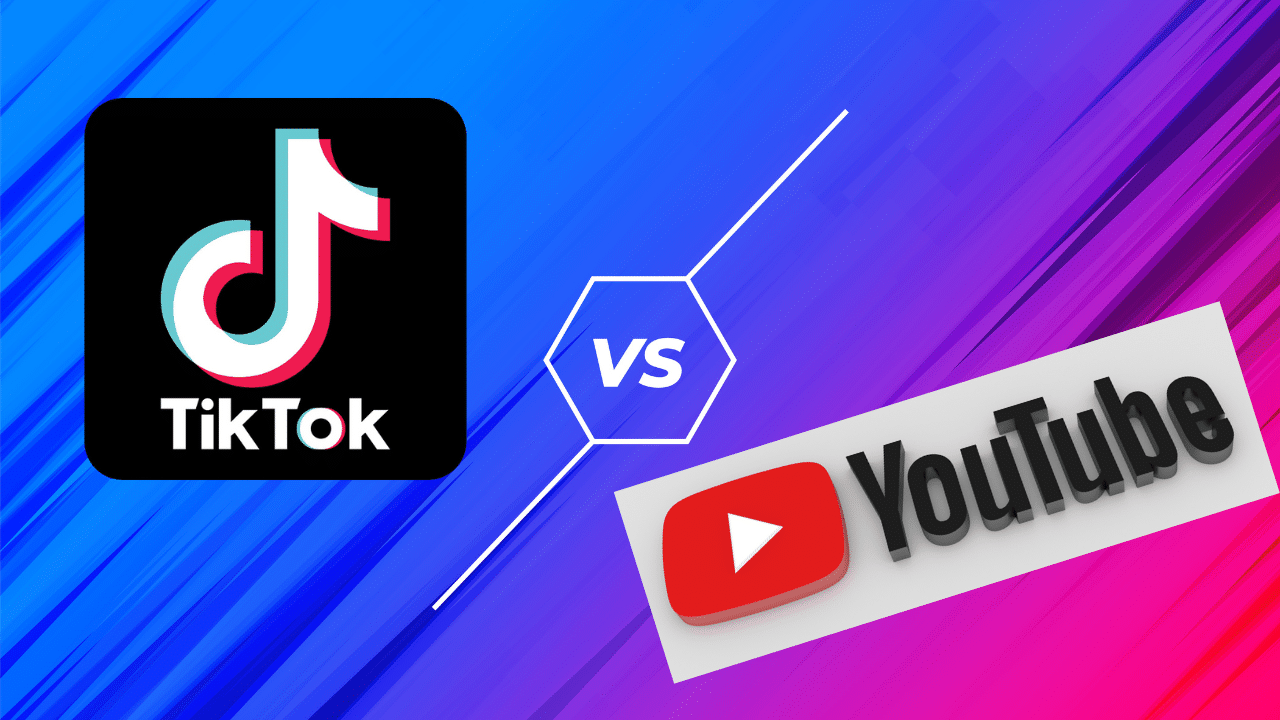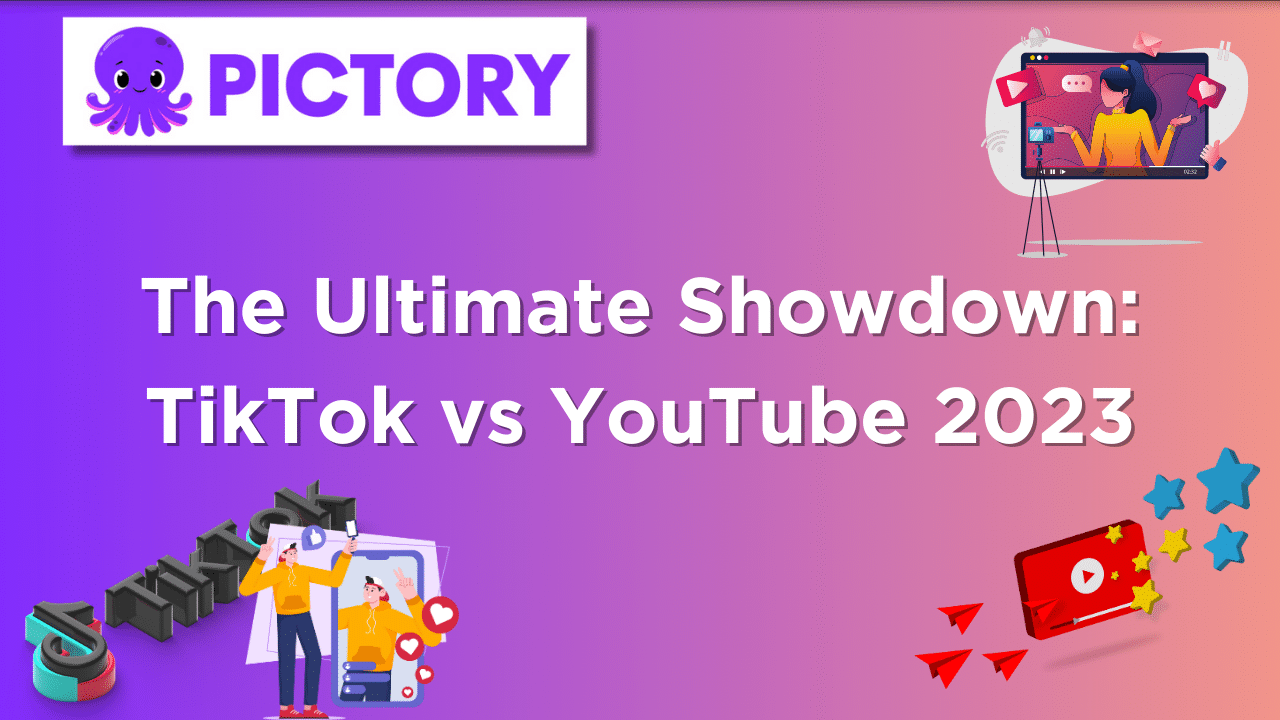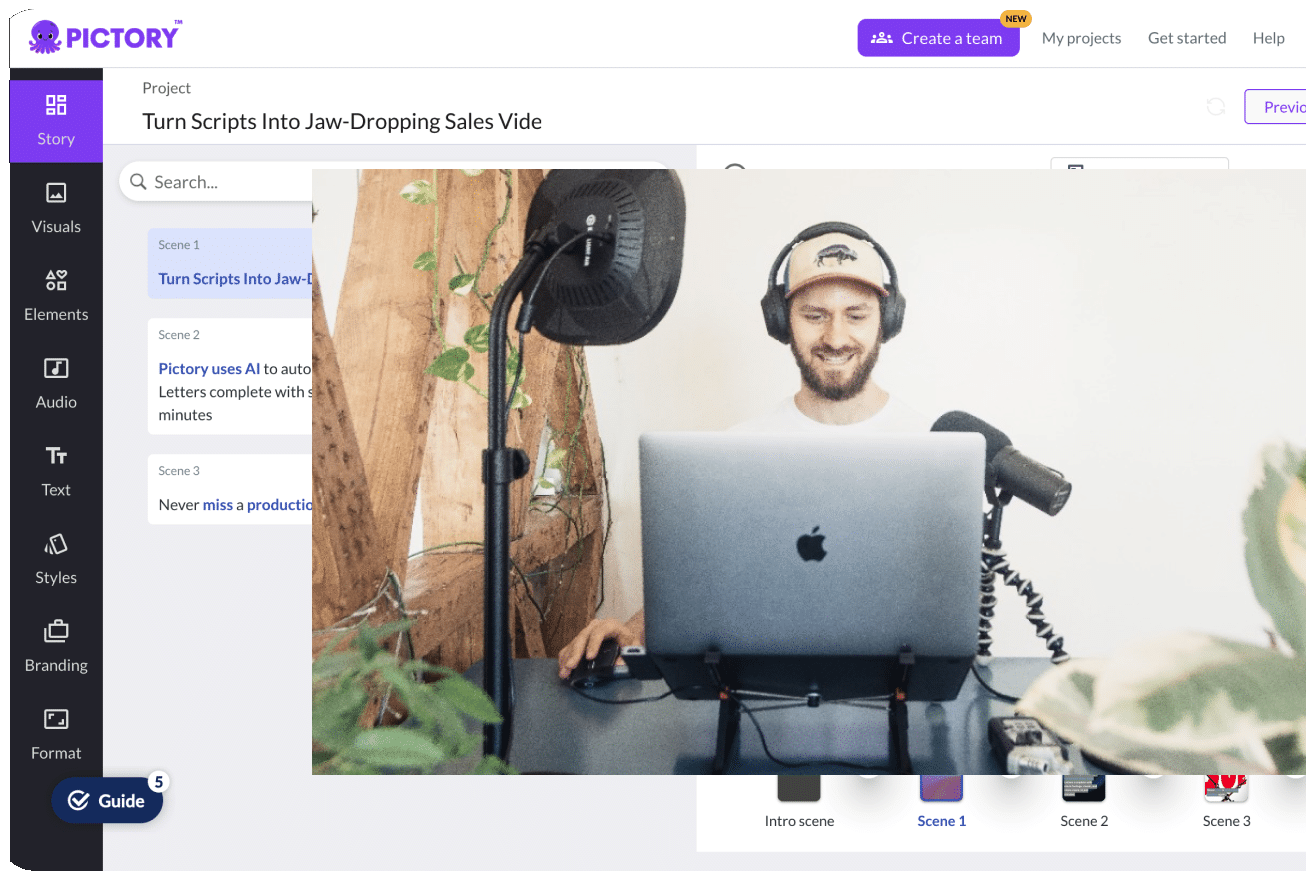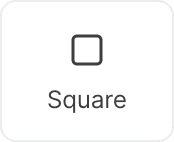The battle for video supremacy between TikTok and YouTube has been raging on, and it’s more exciting now than ever before!
Both platforms offer unique features, opportunities, and audiences, making it a challenging decision for creators and brands alike.
In this blog post, we’ll dive deep into the world of TikTok vs YouTube 2023, comparing their strengths and weaknesses while providing valuable insights to help you make the most of these powerful social media giants.
Short Summary
-
-
Get ready for a thrilling battle between TikTok and YouTube in 2023 for video supremacy!
-
-
-
Leverage the unique possibilities of exposure & engagement on both platforms to maximize success.
-
-
-
Stay informed, explore new features, repurpose content & collaborate with brands to stay ahead of the curve!
-
TikTok and YouTube: The Battle for Video Supremacy in 2023

In just a few short years, TikTok has made massive gains in popularity, challenging the long-established reign of YouTube’s video content domain.
TikTok’s focus on shorter, highly engaging videos, including funny videos, has captured the attention of millions, particularly among younger audiences.
However, YouTube remains a powerhouse, boasting a massive user base and offering a versatile video platform that caters to a wide range of interests.
When it comes to choosing between TikTok and YouTube, several factors come into play, such as target audience, content type, and monetization opportunities.
With TikTok’s emphasis on short, attention-grabbing content and YouTube’s diverse video offerings, deciding which platform to utilize can be a daunting task.
Let’s take a closer look at the key aspects of both platforms to better understand their unique strengths and weaknesses.
TikTok Platform Overview
In the ongoing debate of YouTube vs TikTok, it’s important to consider the differences between the two platforms.
TikTok, owned by ByteDance, made its grand entrance into the social media scene with a focus on bite-sized, easily consumable content, while YouTube, founded in 2005 by three former PayPal employees, offers long-form videos from a variety of YouTube channels.
TikTok videos can range from 15 seconds to 10 minutes, while YouTube allows up to 15 minutes for regular accounts and even unlimited lengths for verified accounts.
From in-feed videos and story videos to slideshow image videos and video ads, both YouTube and TikTok provide a plethora of content formats for creators to explore.
In terms of user base, YouTube leads with a staggering 2 billion users, while TikTok boasts an impressive 1 billion TikTok users.
Both platforms cater to a wide range of interests and demographics, making them versatile options for creators and brands alike.
With such diverse user bases and content types, both TikTok and YouTube offer unique opportunities for exposure and engagement.
Audience Demographics

TikTok’s primary audience consists of teenagers and young adults, making it a popular choice for brands targeting Gen Z.
Approximately 32.5% of TikTok’s global audience is aged between 10 and 19, with a fairly even gender split of 54% female and 46% male.
In contrast, YouTube caters to a wider age range, with most users falling within the 18-29 age bracket.
This positions YouTube as a more suitable platform for brand marketing towards millennials and older audiences.
Understanding the demographics of each platform is crucial in determining which platform best suits your brand’s target audience.
TikTok’s younger user base offers an opportunity for brands to engage with a highly active and influential audience, while YouTube’s broader age range allows for greater reach and the potential to target various age groups.
Content Trends

Content trends on both TikTok and YouTube have evolved over time, with short-form videos, live streaming, and interactive content becoming increasingly popular.
TikTok has led the charge in short-form video content, with its easy-to-consume clips capturing the attention of millions.
On the other hand, YouTube has responded with the introduction of YouTube Shorts, a feature that allows users to create and share short-form videos similar to TikTok and Instagram Reels.
As audience preferences shift towards shorter, more engaging content, it’s essential for creators to adapt and experiment with new formats and styles.
By staying on top of content trends and embracing new features, creators can ensure their videos continue to attract viewers and maintain relevance in the ever-changing landscape of social media.
Monetization Opportunities in 2023

In 2023, creators can expect a wealth of monetization opportunities on both TikTok and YouTube, including ad revenue, brand partnerships, merchandise sales, and more.
TikTok offers the Creator Fund, sponsored content, and in-app purchases as potential revenue streams for creators who meet eligibility requirements such as having at least 100,000 video views in the last 30 days.
On the YouTube front, monetization opportunities for a YouTube channel include ad revenue sharing, channel memberships, and Super Chat donations, making it a lucrative platform for creators with a substantial following.
The key to successful monetization on both platforms lies in understanding their unique opportunities and leveraging them effectively.
You should try to stay informed about the latest monetization trends and adapt their content strategies accordingly, creators can maximize their earning potential and create a sustainable income from their online presence.
TikTok Monetization

TikTok’s monetization options offer creators a variety of ways to earn money from their content.
The TikTok Creator Fund is an exciting program for creators with over 10,000 followers and at least 100,000 video views in the last 30 days, providing them with an opportunity to earn revenue based on their content’s performance.
Sponsored content is another popular monetization option, with brands partnering with creators to promote their products or services in exchange for payment.
In-app purchases offer an additional revenue stream for TikTok creators, as users can buy virtual gifts during live streams, which can then be converted into real currency.
By exploring these monetization options and tailoring their content to capitalize on each opportunity, TikTok creators can maximize their earning potential and achieve greater success on the platform.
YouTube Monetization

YouTube offers a range of monetization opportunities for creators, with YouTube ads revenue sharing being a primary source of income.
Creators can earn money from advertisements displayed on their videos, with payout dependent on factors such as user engagement and view count.
Channel memberships allow creators to offer exclusive content, badges, and other perks to subscribers for a monthly fee, providing an additional revenue stream for creators with a dedicated fan base.
Another exciting monetization feature on YouTube is Super Chat, which allows viewers to make donations during live streams, with donations highlighted in the chat window for increased visibility.
By leveraging these monetization opportunities and creating content that caters to their audience’s interests, YouTube creators can generate substantial revenue and build a thriving online presence.
Algorithm Advancements and Discoverability
One of the key factors contributing to the success of both TikTok and YouTube is their advanced algorithms and discoverability features.
TikTok’s algorithm prioritizes user engagement, content relevance, and trending hashtags, making it an incredibly personalized and engaging experience for users.
YouTube’s algorithm, on the other hand, focuses on watch time, user history, and search optimization, ensuring that users are presented with content tailored to their interests and viewing habits.
While both platforms utilize recommendation engines to suggest content for users, TikTok’s algorithm seems to have an edge over YouTube in terms of recommending similar content to users, thanks to its emphasis on engagement and trends.
By understanding how these algorithms work and optimizing their content accordingly, creators can greatly improve their content’s visibility and reach on both platforms.
TikTok Algorithm
TikTok’s algorithm is a powerful recommendation system that determines the videos users see on their app.
It ranks videos based on a combination of factors, including user interactions, video completion, and personalized recommendations.
The algorithm prioritizes user engagement, content relevance, and trending hashtags, ensuring that users are presented with the most interesting and engaging content tailored to their interests.
As TikTok continues to improve its algorithm and search capabilities, creators must stay abreast of the latest developments and adapt their content strategies accordingly.
By focusing on creating engaging, relevant, and trend-driven content, creators can maximize their reach and visibility on the platform, attracting larger audiences and driving greater success.
YouTube Algorithm

YouTube’s algorithm is designed to provide tailored content to users based on their interests and watch history, taking into account factors such as watch time, user history, and search optimization.
In recent years, YouTube’s algorithm has been modified to ban “borderline content” and shifted its ranking focus towards videos that encourage positive emotions in viewers.
To succeed on YouTube, creators must adapt to these algorithm changes and optimize their videos for search and user engagement.
This includes creating content that is tailored to the algorithm’s preferences and ensuring that their videos are easily discoverable through effective search optimization techniques, allowing users to watch videos with ease.
By staying informed about YouTube’s algorithm updates and adjusting their content strategies accordingly, creators can maximize their reach and engagement on the platform.
Adapting to Platform Changes
In the ever-evolving world of social media platforms, it’s crucial for creators to adapt to platform changes and stay ahead of the curve.
As audience preferences shift and new features emerge, creators must be willing to experiment with different formats, styles, and content strategies to maintain their relevance and appeal to their viewers.
One effective approach to adapting to platform changes is to stay informed about the latest updates and features on both TikTok and YouTube, and to explore new features as they become available.
By staying up to date with the latest trends and developments, creators can ensure that their content remains fresh and engaging, ultimately attracting a larger and more loyal audience.
Embracing New Features
As new features emerge on both TikTok and YouTube, creators should embrace these developments to stay relevant and attract more viewers.
For example, YouTube Shorts allows creators to create videos and post videos as short-form videos, similar to TikTok and Instagram Reels, providing an opportunity to reach new audiences and experiment with new content formats.
Similarly, TikTok’s longer video format offers creators the chance to delve deeper into their content and expand their storytelling capabilities.
By embracing these new features and incorporating them into their content strategies, creators can ensure that their videos continue to appeal to their audience, keeping them engaged and coming back for more.
Evolving Content Strategies
As audience preferences evolve and platform features change, it’s important for creators to adapt their content strategies accordingly.
This means experimenting with different video formats and styles to cater to the changing tastes of their viewers.
For example, creators might explore short-form, highly engaging content on TikTok, while focusing on longer, more in-depth videos on YouTube.
By constantly evolving their content strategies and staying attuned to the latest trends and developments, creators can ensure their content remains fresh, engaging, and appealing to their target audience.
This will not only help them maintain their existing viewership but also attract new viewers, ultimately leading to greater success on both platforms.
Cross-Platform Strategies for Success
Developing cross-platform strategies for success involves leveraging the strengths of both TikTok and YouTube to reach a wider audience and maximize engagement.
This may include creating content specifically tailored to each platform, such as short-form videos for TikTok and longer-form content for YouTube, as well as repurposing content from one platform to another to expand reach and visibility.
Additionally, creators should consider promoting their content across various social platforms, ensuring that they are maximizing their exposure and attracting viewers from different sources.
By developing a comprehensive cross-platform strategy, creators can effectively capitalize on the unique opportunities offered by both TikTok and YouTube, ultimately achieving greater success and visibility.
Repurposing Content
Repurposing content from one platform to another is an effective way to expand your reach and engage with a wider audience.
For example, TikTok videos can be transformed into YouTube Shorts, offering a fresh take on the original content while reaching a new set of viewers.
Similarly, popular TikTok clips can be turned into longer-form YouTube videos, delving deeper into the topic and providing more comprehensive coverage.
By repurposing content and adapting it to suit different platform requirements, creators can maximize their exposure and ensure that their content remains fresh and engaging for their audience.
This approach not only helps to attract new viewers but can also save time and money by reducing the need to create entirely new content from scratch.
Check out How To Repurpose Long Form Videos To Short Videos For Maximum Engagement using Pictory and sign up for a FREE account to get you started on your content journey.
Collaborations and Partnerships
Collaborations and partnerships between creators and brands on both TikTok and YouTube play a crucial role in achieving greater success and visibility.
By working together, creators and brands can leverage each other’s strengths and resources to reach a wider audience and create more engaging, high-quality content.
To build successful collaborations and partnerships, it’s important for creators to find brands that align with their target audience and share similar values.
Establishing trust with the audience and maintaining open communication with the brand is essential for a successful partnership.
By joining forces and working together, creators and brands can maximize their reach and achieve greater success in the competitive world of social media, using the right social media platform.
Summary of TikTok Vs YouTube
In conclusion, the battle for video supremacy between TikTok and YouTube is an exciting and ever-evolving landscape, offering unique opportunities and challenges for creators and brands alike.
By understanding the key aspects of each platform, adapting to platform changes, embracing new features, and developing cross-platform strategies for success, creators can maximize their reach, engagement, and revenue potential in the dynamic world of social media.
With the right approach, dedication, and a willingness to experiment, creators can harness the power of both TikTok and YouTube to build thriving online presences, engage with their audiences, and achieve lasting success in the constantly changing realm of social media.
Frequently Asked Questions
Is TikTok better than YouTube?
Given the wide range of video lengths allowed on TikTok and YouTube, it’s clear that each platform is better suited for certain kinds of content.
So if you’re looking for shorter videos with quick-hitting content, then TikTok could be the best choice, but if you’re looking for longer videos with a higher degree of depth, then YouTube might be the better option.
Excitingly, both platforms offer unique opportunities to connect with viewers!
Are more people on TikTok or YouTube?
Overall, YouTube has more users than TikTok with over two billion monthly active users compared to TikTok’s nearly 1.4 billion.
So, it’s clear that more people are on YouTube than TikTok.
Is YouTube trying to compete with TikTok?
It’s clear that YouTube is actively taking steps to keep up with TikTok’s popularity and bridge the gap between the two platforms!
They are definitely investing in their short-form video feature to compete directly with TikTok.
Exciting times lie ahead for streaming ads as these platforms continue to battle it out!
Which platform is better for targeting a younger audience, TikTok or YouTube?
Based on research, TikTok is the platform of choice for targeting a younger audience since it has a wider reach to users aged 13-24 than YouTube.
What are some popular content trends on TikTok and YouTube?
Content trends on TikTok and YouTube are constantly evolving, but one thing is for sure – engaging short-form videos, fun live streaming, and interactive content remain extremely popular!
These platforms are great for creating content that resonates with viewers and encourages them to engage with your brand.
Whether you’re creating a video, live streaming, or creating interactive content, it’s important to stay up to date with the latest trends and create content that is relevant to your audience.
If you enjoyed this blog then check out How To Make My YouTube Video Go Viral to boost your video content.
You can sign up for a FREE Pictory account and start creating TikTok and YouTube videos today in minutes.








